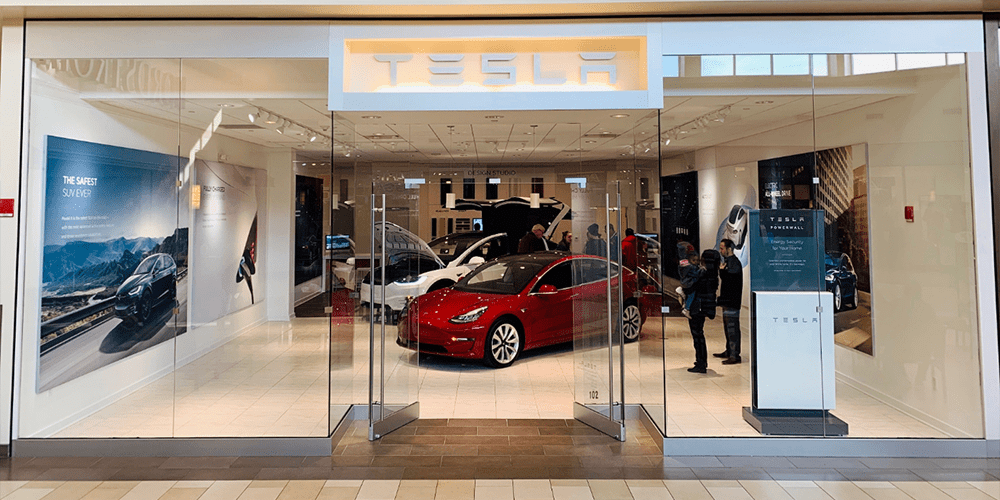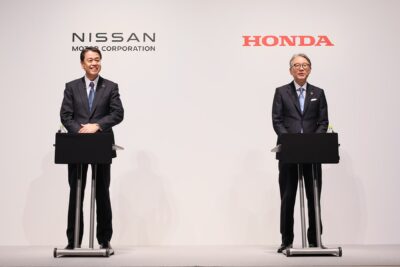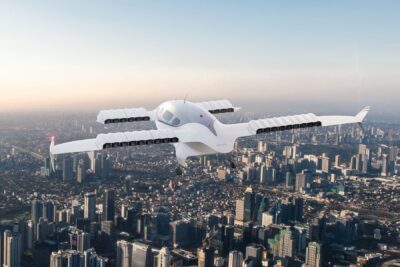Tesla shows profit and growth in Q3
After two quarters of losses, Tesla closed the third quarter of 2019 with a profit. While sales were near the level of the previous quarter, the fresh business figures this time show a bottom-line improvement of 143 million US dollars.
Investors and those interested in the industry were eagerly awaiting whether Tesla would be back in the black in the third quarter, as it had announced itself. The simple answer is yes, with a turnover of 6.30 billion dollars, a profit of 143 million dollars remained between July and September. To put this into perspective, turnover is roughly at the level of the second quarter (6.35 billion dollars), well above the Q1 result (4.5 billion dollars), but below the record levels of the second half of 2018 (6.8 and 7.2 billion dollars).
In contrast to the year to date, Tesla managed to return to profit for the first time, albeit not as lavishly as in the third quarter of 2018, when a record profit of $311 million was recorded. After the two previous quarters, in which the US electric carmaker was still in a bad way with 702 million (Q1) and 408 million dollars (Q2) respectively, it was now immensely important to turn the tide.
Tesla himself explains the leap back into the black with “fundamental improvements in operating efficiency” and mentions, among other things, reduced manufacturing and material costs. Operating costs are at their lowest level since the start of production of Model 3, according to the annual report. In addition, the speed of deliveries had been increased and the efficiency of the production lines “drastically improved”.
Regarding deliveries – As Tesla already announced, the delivery volume in the third quarter was around 97,000 electric cars, of which 79,600 were Model 3 and 17,400 Model S and Model X. Although the Californians failed to meet their target of 100,000 deliveries, they still achieved a new record quarter. Between July and September, 96,155 electricity units were produced, including 79,837 Model 3 and 16,318 Model S and Model X together. In the previous quarter, the number of electric cars produced was considerably lower at 87,048.
The Californians are now targeting 360,000 deliveries for the full year. This is the lower target threshold of the aforementioned range of 360,000 to 400,000 deliveries. For this to happen, however, the fourth quarter would have to go particularly well: With a cumulative total of around 255,000 cars delivered this year, there remains a discrepancy of 105,000 deliveries that would have to be overcome by the end of the year.
With Model Y, a further increase in the efficiency of the production lines and the Gigafactory in Shanghai, which according to the annual report will be 65 per cent cheaper to build than its American counterpart, Tesla intends to continue growing. In concrete terms, this means more capacity, more vehicle deliveries and the associated increase in revenue. Tesla therefore wants to remain in the profit zone, but the carmaker speaks of possible “temporary exceptions” during the launch phase of new products. In this context, Tesla announces that it will produce the Semi 2020 electric truck in limited quantities. In addition, the company will “soon” announce the location of its planned European Gigafactory. This is planned for 2021.





0 Comments